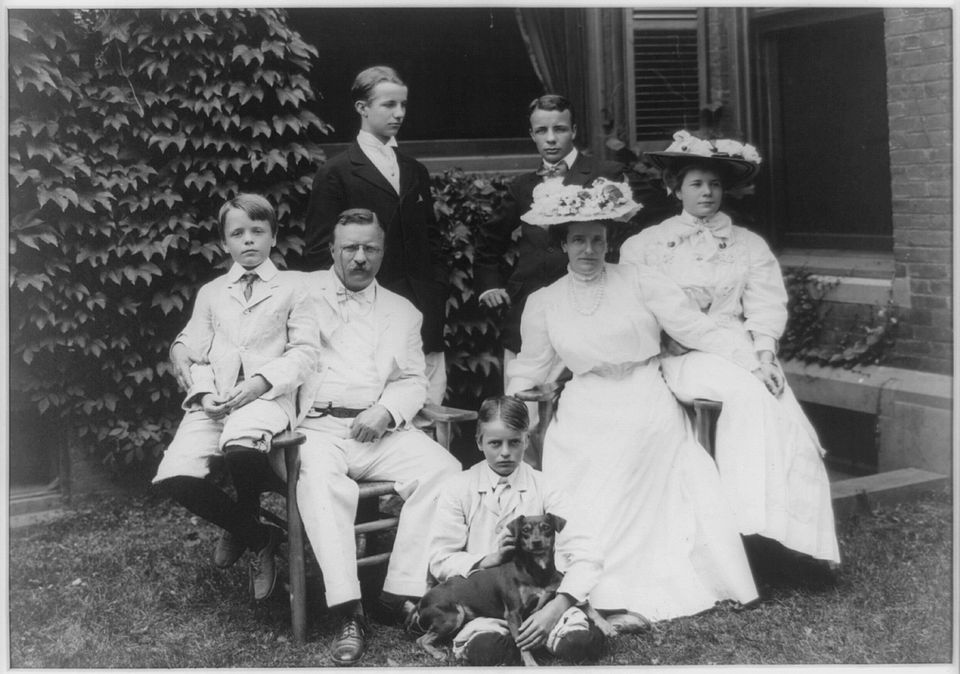Famous dogs are every bit as wild and intractable as the gundogs we have been trying to train, says Janet Menzies
Some famous dogs
1. Montmorency from Jerome K Jerome’s Three Men in a Boat, had star quality to a fault. In 1889 this small fox terrier was driving its humans to distraction in much the same way as terriers do today, rather giving the lie to Jerome’s insistence that he wasn’t based on one particular terrier, but: “developed out of that area of inner consciousness which, in all Englishmen, contains an element of the dog”.
Montmorency expressed his invariably low opinions of his fellow crew members throughout their journey along the Thames, but his final comment, when the men are attempting to cook an Irish stew from the remnants of their provisions, was perhaps his most damning: ” I forget the other ingredients, but I know nothing was wasted; and I remember that, towards the end, Montmorency, who had evinced great interest in the proceedings throughout, strolled away with an earnest and thoughtful air, reappearing, a few minutes afterwards, with a dead water-rat in his mouth, which he evidently wished to present as his contribution to the dinner; whether in a sarcastic spirit, or with a genuine desire to assist, I cannot say.”
2. Another non-verbal but nonetheless expressive dog is Tintin’s bosom companion, Snowy, in Hergé’s cartoon strip. Also a fox terrier (wire-haired), Snowy has a great line in thought bubbles, such as “!” or “?!” or even “**?*!” – a better representation of the non-verbal way in which dogs think than anything the animal behaviourists have come up with.
3. Clearly, there is something about fox terriers that inspires a creative mind. Agatha Christie’s Dumb Witness, Bob, is one whose behaviour helps Poirot solve the murder. Christie’s own fox terrier is portrayed on the cover of the book’s first edition, so perhaps it isn’t surprising that Poirot becomes more attached to Bob than to any human acquaintance, and for a while it seems as though he might actually let the dog into his life – unheard of for such a fastidious man.
4. In the 18th century, the first US President, George Washington, owned 10 hounds: Mopsey, Taster, Cloe, Tipler, Forester, Captain, Lady Rover, Vulcan, Sweetlips and Searcher.

Theodore Roosevelt, his family and dog
5. The “cowboy” President Teddy Roosevelt had loads of mutts, including a Chesapeake retriever, Sailor Boy; a terrier, Jack; a mongrel, Skip; and a Pekingese called Manchu. But it was the President’s pit-bull terrier, Pete, who caused an international incident when he ripped the trousers off His Excellency the Ambassador for France during a White House reception. Pete was far from the last political bull terrier to make the news.

Bill Sykes’s pit-bull, Bullseye
6. The most feared of all the bull terriers, though, is fictional. Bill Sykes’s pit-bull, Bullseye, precedes his menacing master through the mean streets of London in Charles Dickens’s Oliver Twist. Dickens uses the dog as a device to reveal Sykes’s psychopathic character. Once you realise that Sykes’s most loyal friend is bred and trained to rip throats, you have a good idea of what to expect from his master.

Scottish deerhounds
7. In Walter Scott’s The Talisman, the leading characters spend time discussing Sir Kenneth’s Scottish deerhound, describing it as a “gentleman’s dog, the most perfect creature of heaven… of the noblest northern breed”, which again tells you all you need to know about Sir Kenneth, as well as being one of the first literary expressions of the idea that there is such a thing as a gentleman’s dog.
8. Laika was the first dog in space aboard the Russian satellite Sputnik 2 on 3 November 1957. She didn’t make it home but in August 1960 Strelka and Belka succeeded in orbiting the planet 18 times before coming back to earth. Strelka’s daughter Pushnika was presented as a goodwill gift from Kruschev to President Kennedy. When her puppies arrived, Kennedy called them “the pupniks”.




